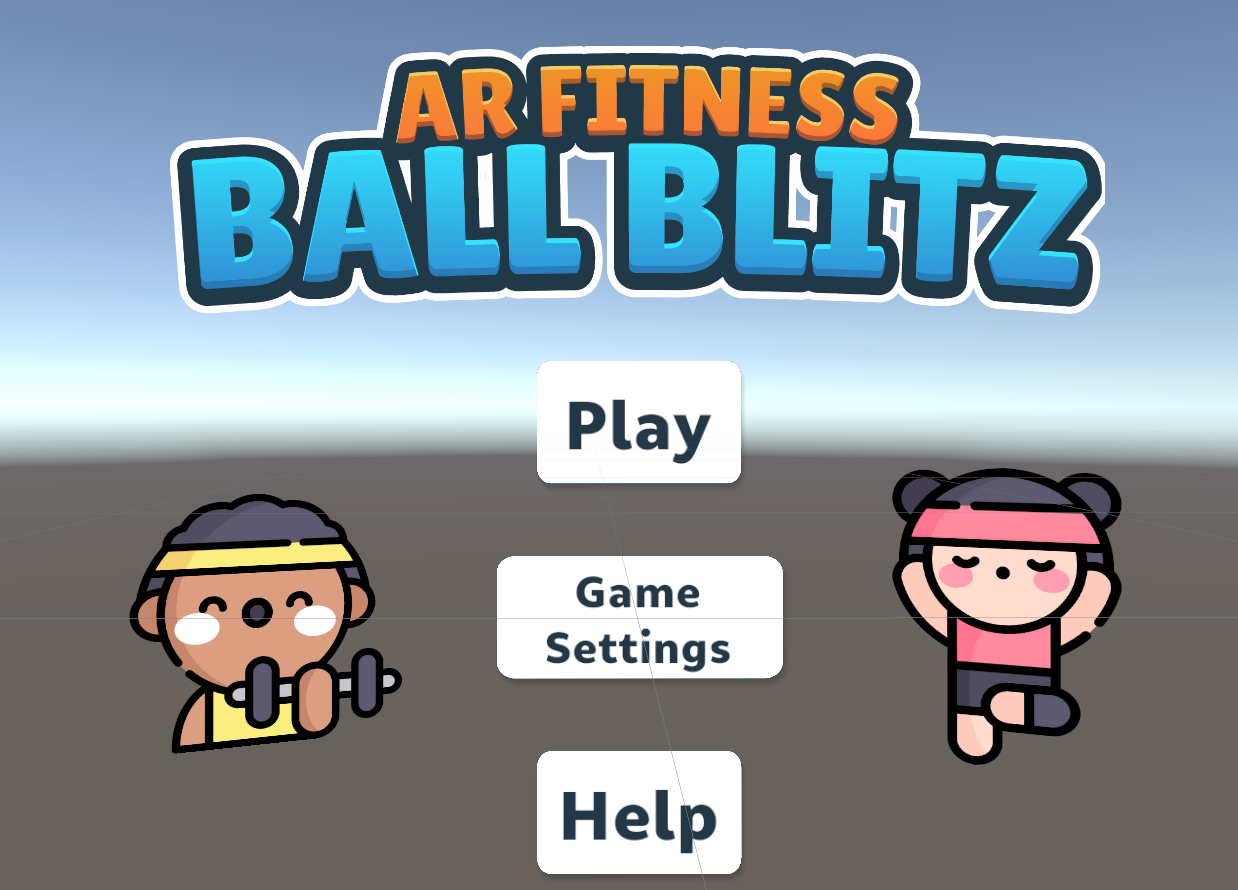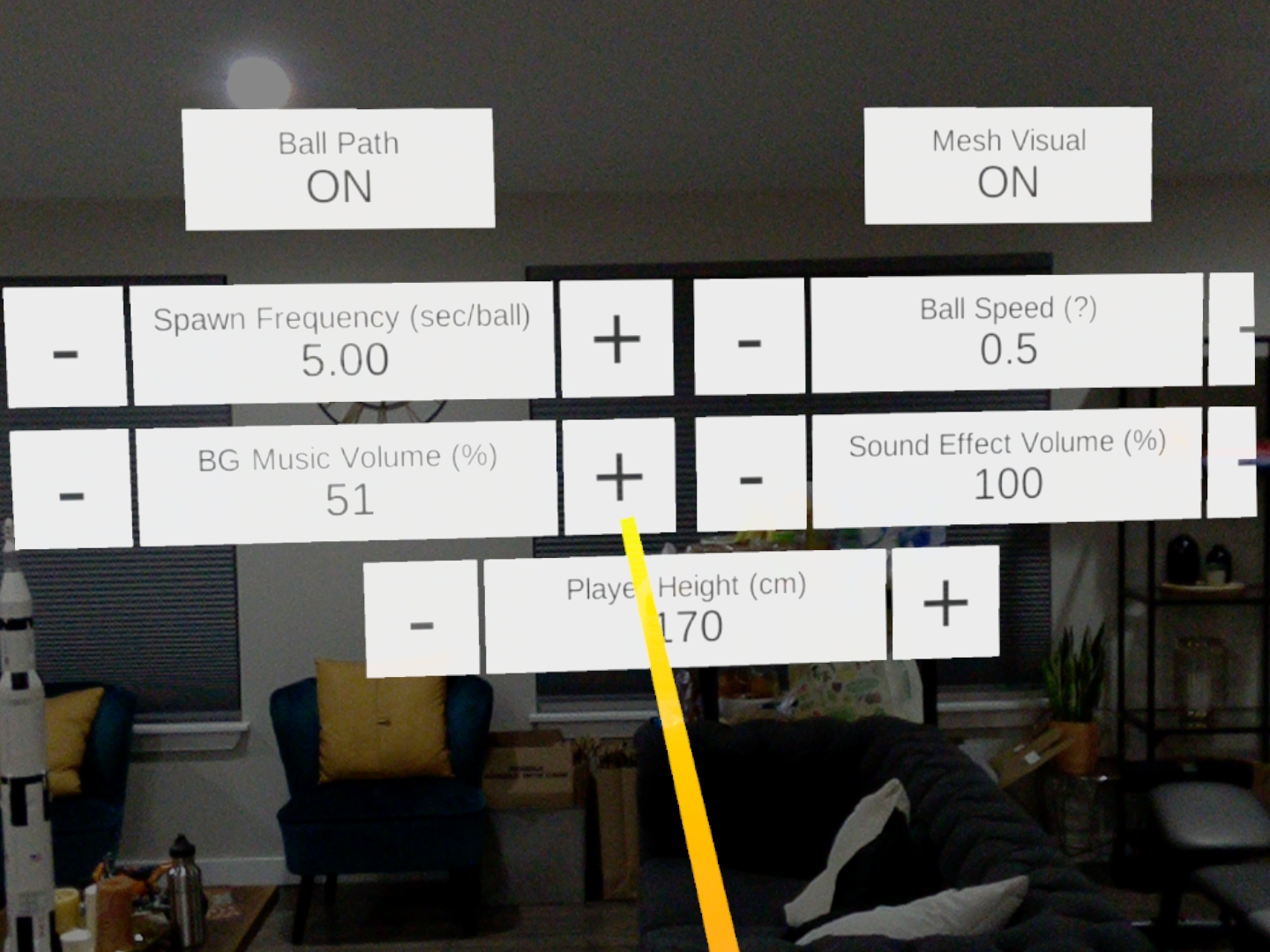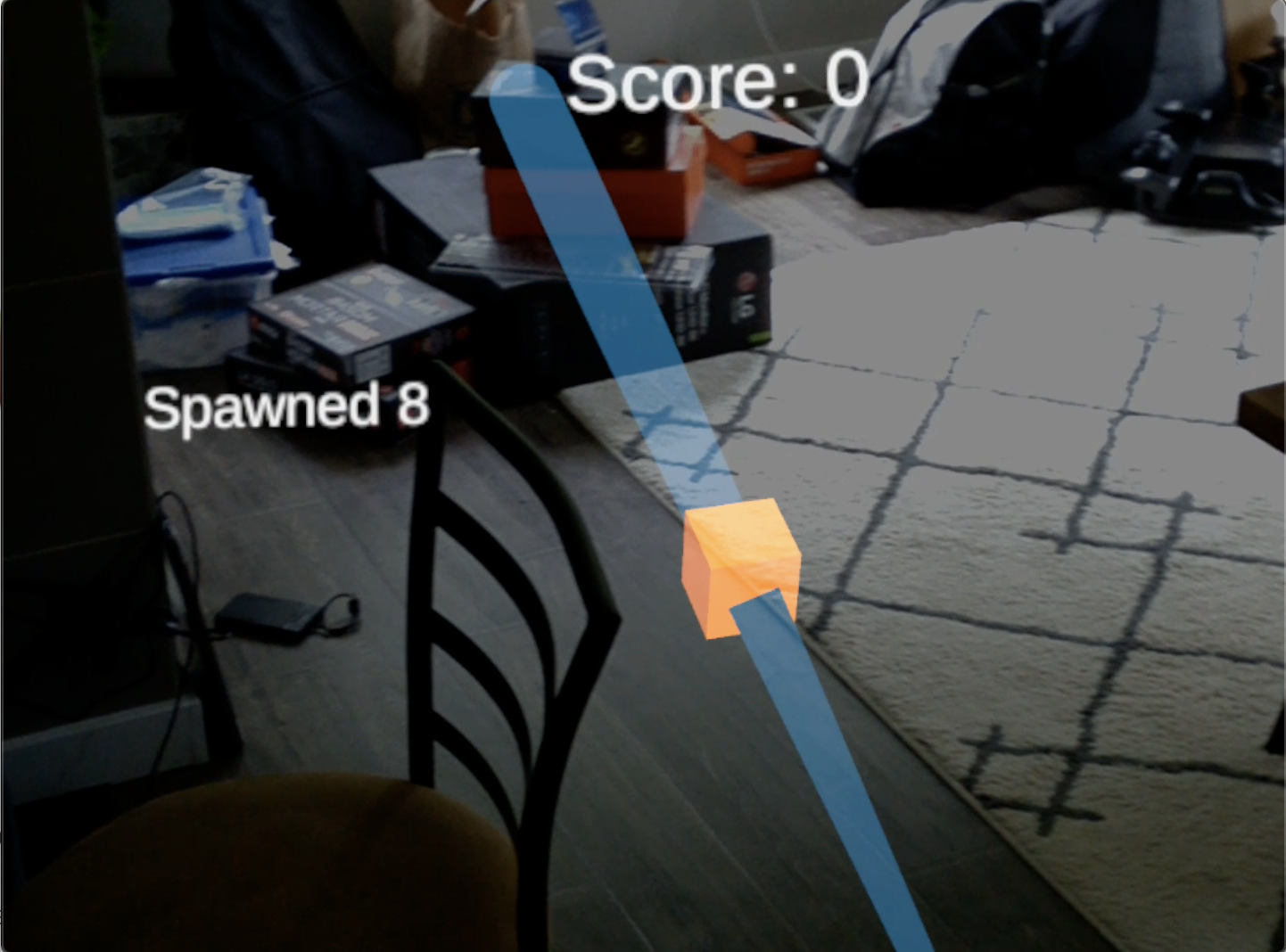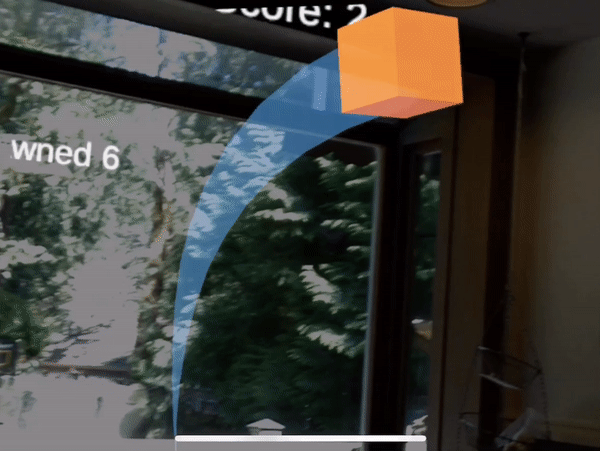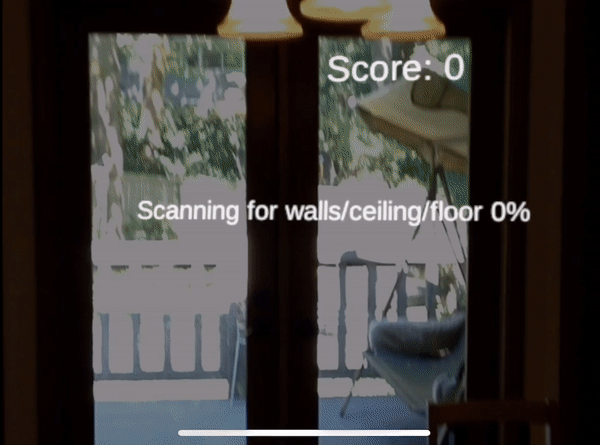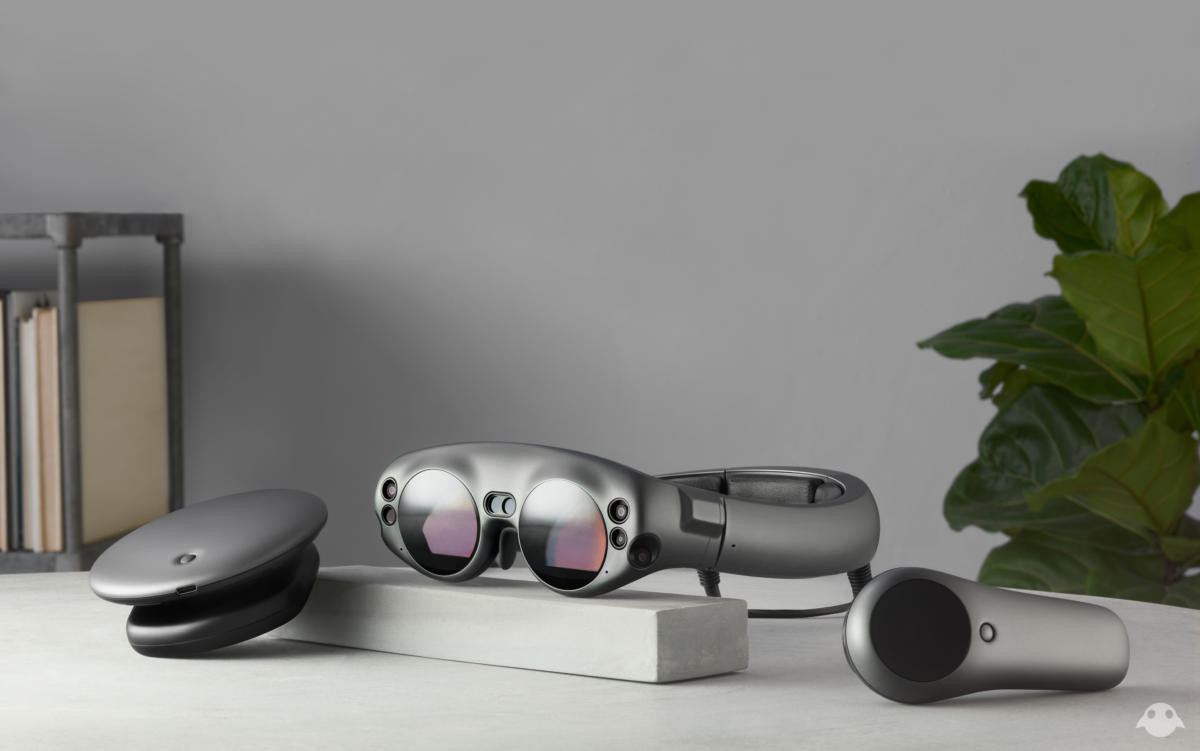
This week was anticipated to be slower than others, we spent a lot of time getting familiar with the course structure, our magic leap devices, and the development kits necessary to begin developing. The biggest thing we accomplished, as expected, was deciding on our project idea. We were initially interested in designing a medical exam, but ultimately decided that our knowledge and technical expertise would limit us there. Instead, we’ve decided to design a fitness game in hopes that it can help people stay engaged and active during these unusual times.
The current idea is to have users run around and collect balls falling from the sky in a timely fashion, while avoiding obstacles. It will be great exercise for the users legs, neck, and cardiovascular system as they are constantly moving, reacting, and changing directions. Depending on the difficulty of implementation, we plan to add more features or other fitness style mini-games.
Beyond the actual project idea, we’ve set up a slack channel and a google drive folder which houses all our documents. Working remotely has posed to be more difficult than expected, but we will begin to utilize more virtual zoom meetings in order to stay on the same page and delegate tasks as efficiently as possible.
No actual development has begun, although we anticipate to begin within
the next week.
Here are the main elements we’ve begun to consider for our game:
- Different game modes and objectives: One mode could be to collect as
many items as possible during some time frame, another could be to collect as many items without catching a bomb.
- Game objects with varying properties: Some will fall and disappear
through the floor, while others will bounce around with different speeds and directions. Even something like the golden snitch could be a great addition.
- Various obstacles: We already mentioned bombs, but other things like
black holes, items to avoid, and terrain to traverse will both increase the difficulty and physical activity of the game.
- Game props: We want to have power ups or props that give the player
special abilities like doubling their score, slowing down time, or clearing all objects in the scene.
- Musical elements: Certain block types will have certain sounds, there
may be background music, and some sort of indicator for a new record or even winning the game.
- Visual effects: This will help attract the players to certain
objectives. For example, if an object hits the ground it could have a splash effect, or display a “-1” text.
- Varying game environments: The game could either be set up on the
ground or in the sea. If it were to be in the sea, the items would float when they hit the water. We could even have a sports court to reinforce the fitness aspect of the game.
The biggest goal for us moving forward is to get a simple scene up a running, and become more familiar with the magic leap development kit. Tasks to be finished next week:
- Environment setup: explore how to deploy the app to our devices or set up an emulator on our computers for debugging and testing purposes.
- Mentoring & Planning: figure out who is familiar with the features we want in our game and can help us establish a clear plan for development as the four of us haven’t done much AR development up to this point.
- Resource/Asset Discovery: Explore and gather some prebuilt assets (eg. scene, objects, animations, user interaction) that could be used in the game. If possible, use the assets to build a simple scene and identify the possible tech/non-tech challenges we need to solve in the future.
Help Needed and Blocked Progress
We currently have nothing blocking us, although we anticipate getting help from Joerg in order to help us through the initial setup and the various input modalities (gestures, control, etc.).

